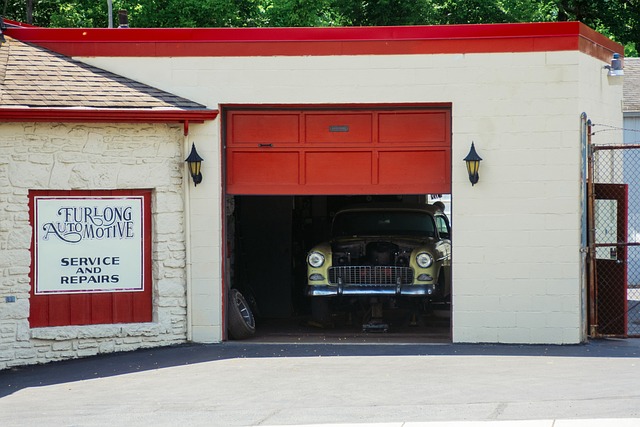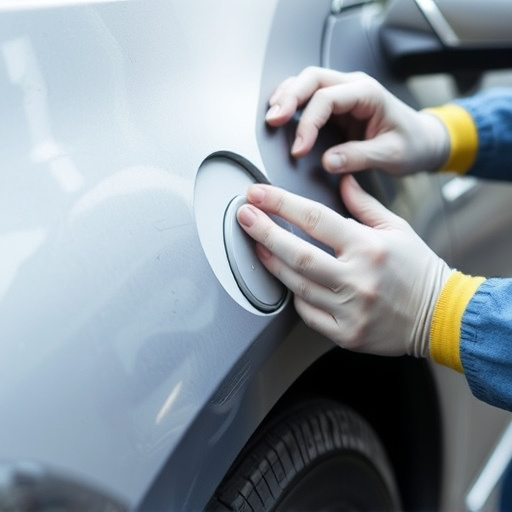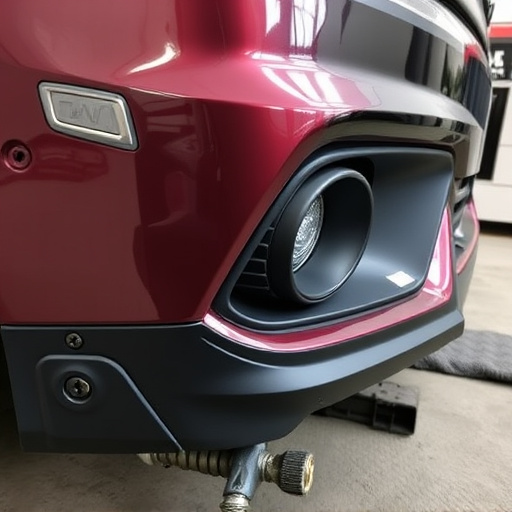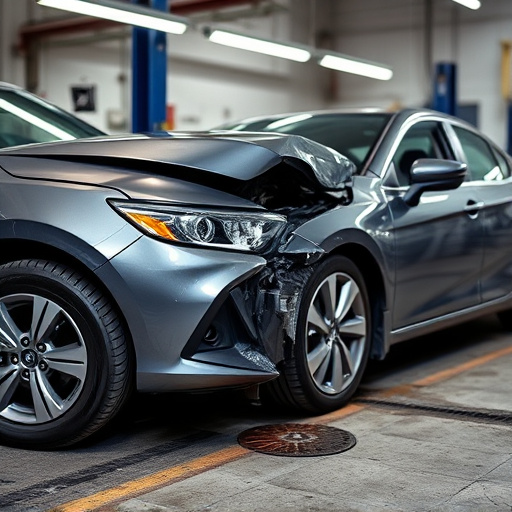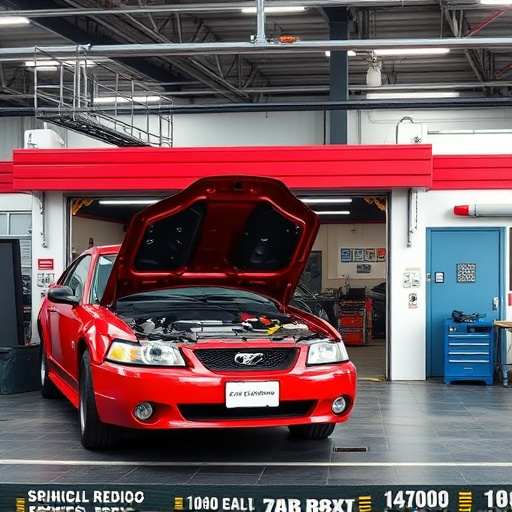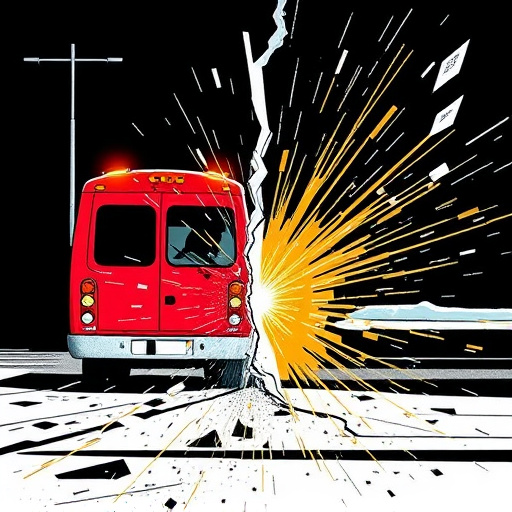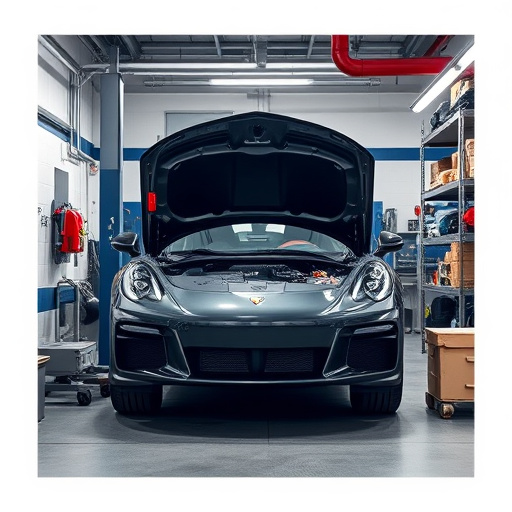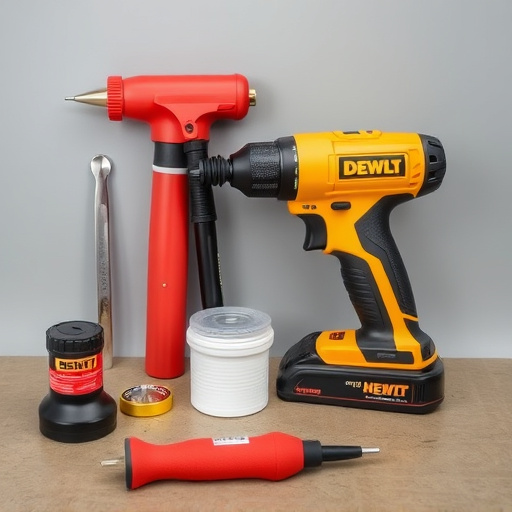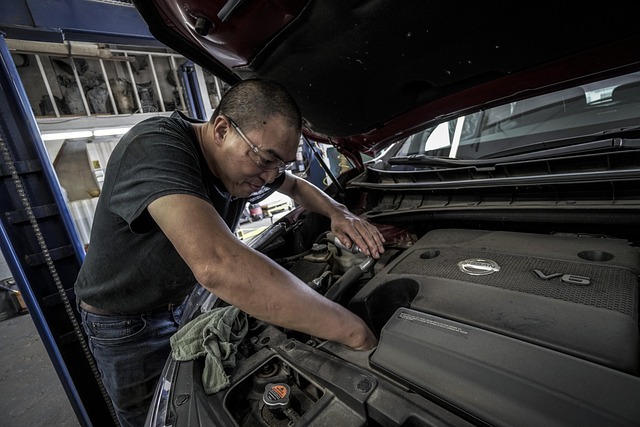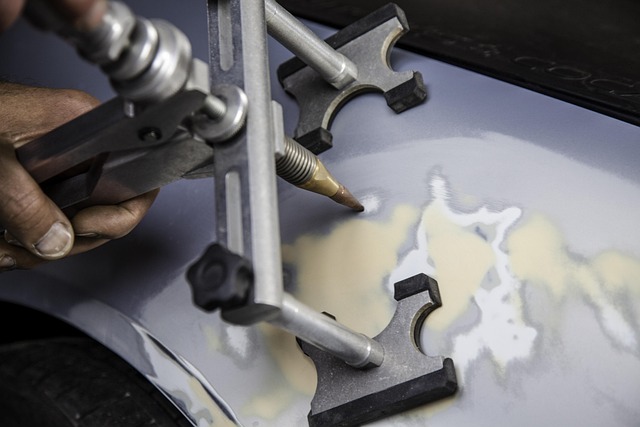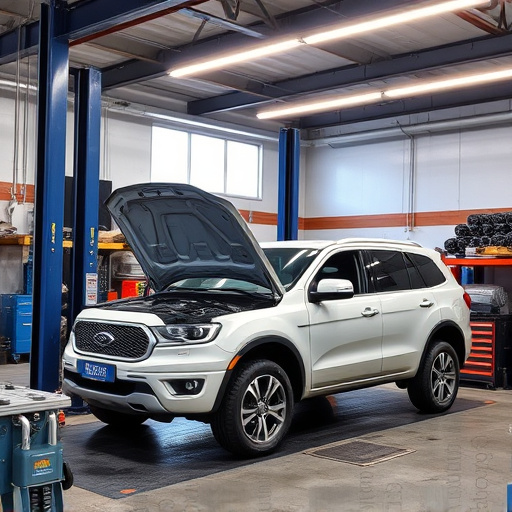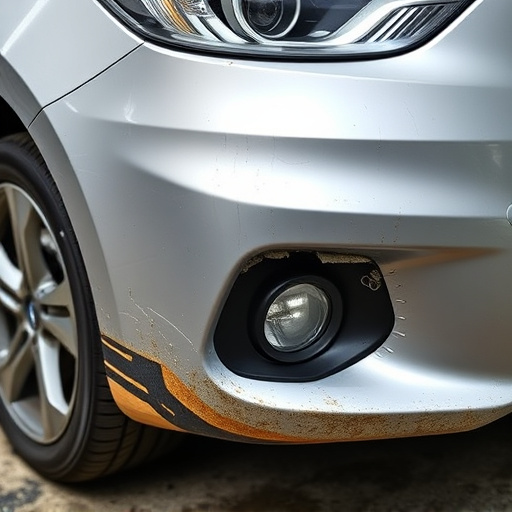Tesla owners often face touchscreen interface issues, ranging from software glitches to hardware failures. Specialized tools and knowledge are required for replacement due to Tesla's unique infotainment system. Before replacing, back up data, source compatible aftermarket screens or OEM parts, prepare interior with coordinated car paint services, and seek expert assistance if needed. Precise installation involves removing old components, preparing new screen, mounting it securely, customizing settings, and personalizing media controls for a seamless in-cabin experience.
Looking to restore your Tesla’s app and media controls? This comprehensive guide walks you through replacing your Tesla touchscreen. Tesla touchscreen replacements are often necessary due to malfunctions or outdated software. Understanding common issues and preparing ahead will ensure a smooth process. We’ll detail each step, from diagnosing problems to customizing your new screen, helping you get back to enjoying seamless control over your vehicle’s entertainment and navigation systems.
- Understanding Tesla Touchscreen Malfunctions
- Preparing for Your Replacement Process
- Installing and Customizing Your New Screen
Understanding Tesla Touchscreen Malfunctions
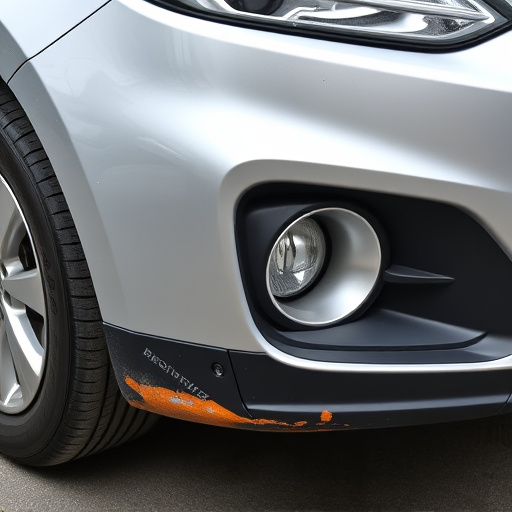
Tesla owners often face issues with their intuitive touchscreen interfaces, which can be frustrating for a vehicle known for its cutting-edge technology. Malfunctions may include unexpected crashes, app freezing, or difficulty in launching specific media content. These problems could stem from various factors, such as software glitches, hardware failures, or even physical damage. Unlike other car manufacturers, Tesla’s unique infotainment system design means that replacing a faulty touchscreen is not a straightforward process and typically requires specialized tools and knowledge to ensure compatibility and proper installation.
While some minor issues can be temporarily resolved with restarts or software updates, more severe problems may necessitate a Tesla touchscreen replacement. This solution involves acquiring a compatible, high-quality aftermarket screen or an original equipment manufacturer (OEM) part, ensuring precise fitting and restoration of app functionality and media control. Unlike dent repair or auto glass replacement, which are common services for visible exterior damage or broken windows, a Tesla touchscreen replacement is more specialized, requiring attention to detail to maintain the vehicle’s overall technological integrity.
Preparing for Your Replacement Process
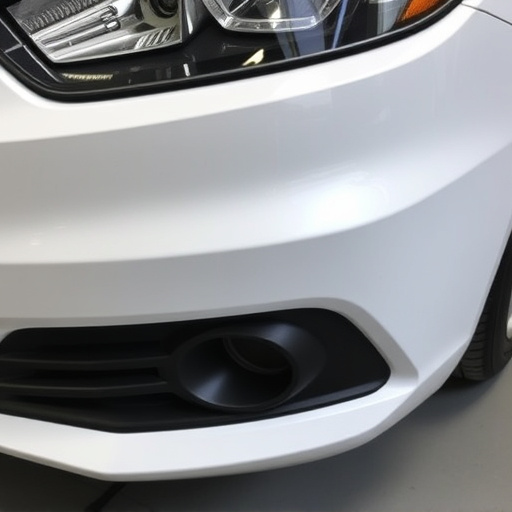
Before beginning your Tesla touchscreen replacement, it’s crucial to prepare for the process meticulously. Start by backing up all important data from your existing touchscreen, including app settings and media preferences. This ensures that you don’t lose any personalized configurations during the repair. Next, source a high-quality replacement part that’s compatible with your Tesla model; aftermarket options are readily available but always verify their reliability to avoid future issues. Gather the necessary tools, such as screwdrivers and adhesive, suitable for car electronics. If you’re not comfortable performing the replacement yourself, schedule an appointment at a reputable luxury vehicle repair shop specializing in Tesla touchscreens. They can offer expert assistance and vehicle restoration services to get your car back into top condition.
Additionally, consider the aesthetic aspects of your vehicle. A Tesla touchscreen is not just a functional component; it’s a key part of the overall interior design. Ensure that the replacement matches the original specifications precisely, including size, resolution, and color accuracy, for seamless integration. If you’re looking to enhance your car’s look and feel, explore car paint services to refresh the surrounding areas, creating a cohesive and luxurious vehicle restoration.
Installing and Customizing Your New Screen
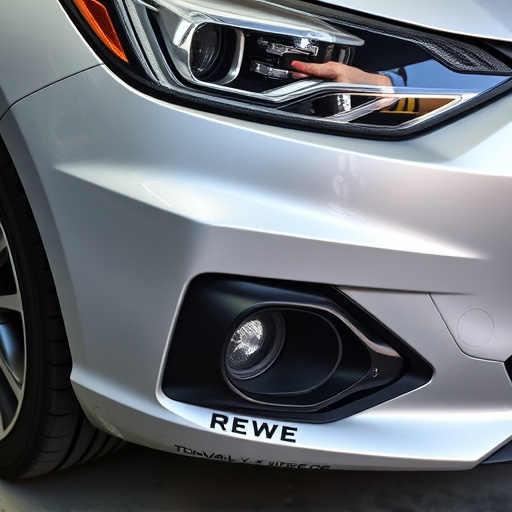
Installing a Tesla touchscreen replacement involves careful precision to ensure it fits seamlessly into your vehicle’s interior. Begin by disconnecting the old screen and detaching any associated components, taking note of their placement for easy reassembly. Next, prepare your new touchscreen by following the manufacturer’s instructions, which may include calibrating the display or installing specific software updates. Once ready, mount the new screen, securing it with the provided hardware to match the original fitment.
Customization is key to making your Tesla’s new touchscreen feel like a natural extension of its system. Configure your preferences, arrange apps, and personalize settings to suit your driving needs. From controlling media playback to navigating maps, ensure every function operates flawlessly. Just as with a classic car restoration, where each part must be meticulously fitted and adjusted, your Tesla touchscreen replacement demands attention to detail to deliver the ultimate in-cabin experience.
A Tesla touchscreen replacement isn’t just about fixing a broken display; it’s about restoring your vehicle’s app and media control, enhancing your driving experience. By following the outlined steps, from understanding common malfunctions to customizing your new screen, you can ensure your Tesla remains a cutting-edge, tech-focused mobility solution. For peace of mind and optimal performance, consider a professional or certified service center for your Tesla touchscreen replacement.

